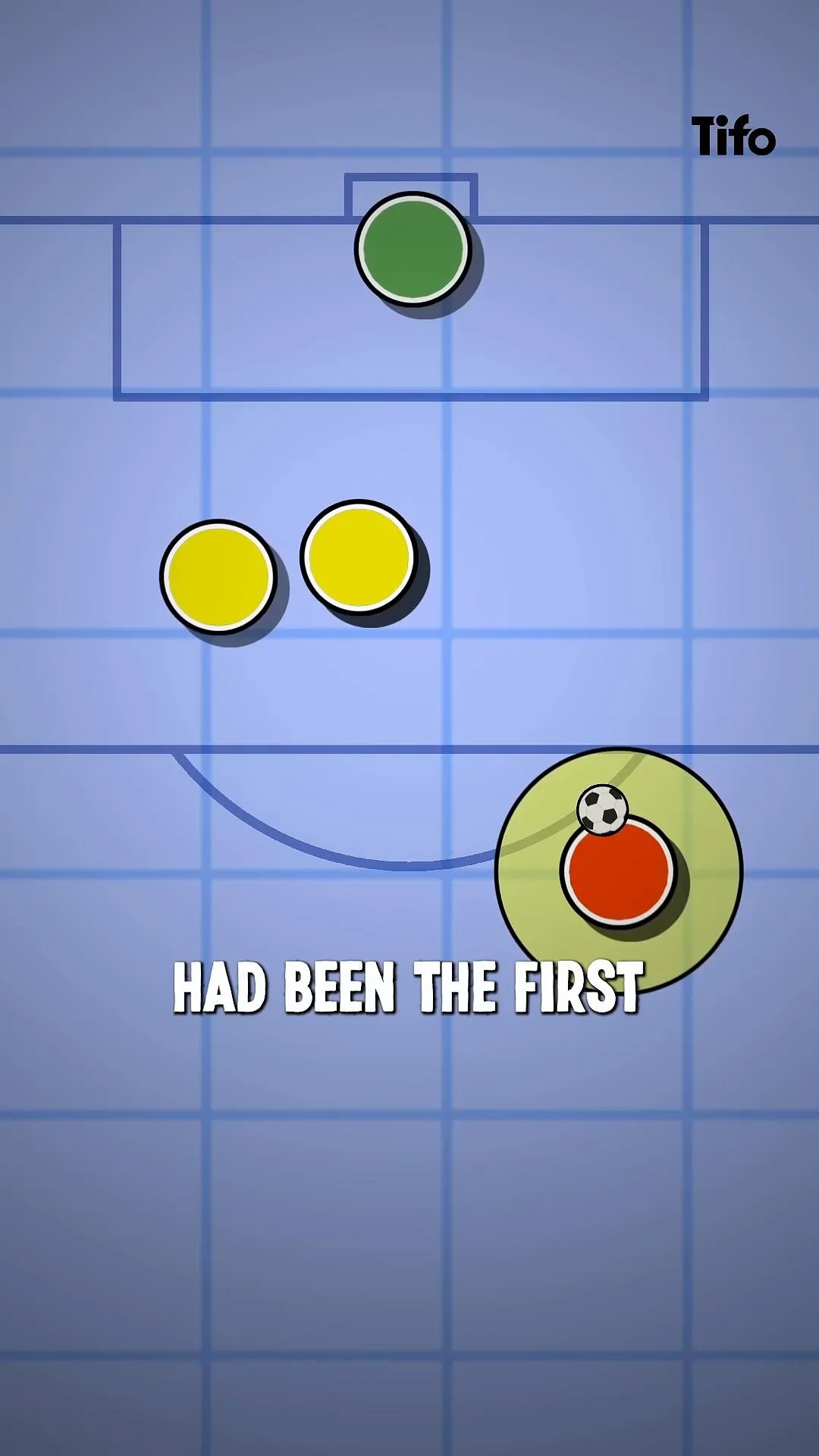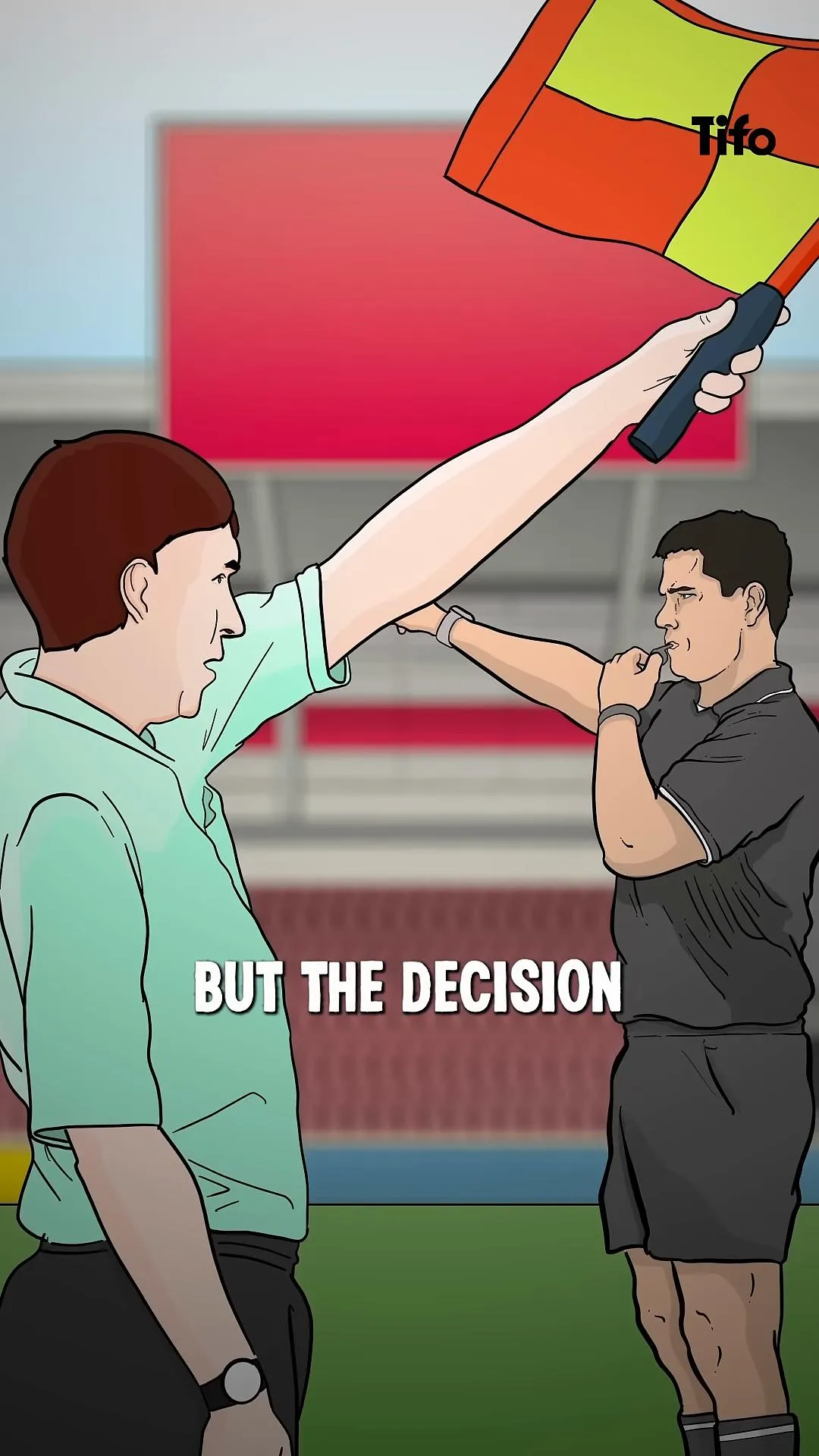The hidden football rule is a fascinating aspect of the game that often goes unnoticed by fans and players alike. Have you ever witnessed a goal being disallowed and wondered why? Or questioned the intricacies of free kick regulations? In football, the rules can sometimes lead to unexpected outcomes that leave everyone baffled. This article dives deep into a specific incident that highlights one such mysterious regulation, shedding light on the lesser-known rules of the game.
In a recent Europa League match between Ren and Villarreal, an extraordinary event unfolded that left fans and players in disbelief. With the score at 3-2 in favor of Villarreal and the game nearing its end, Ren’s midfielder Enzo Le Fee took a free kick that struck the crossbar. The rebound fell perfectly for teammate Ryan Sessegnon, who scored to level the match at 3-3. However, the celebration was short-lived as the goal was disallowed, sparking confusion among players and fans alike. What could possibly have led to such a decision?
The answer lies in a little-known rule regarding direct free kicks. According to the regulations, a player cannot touch the ball twice in succession from a direct free kick unless a teammate or opponent has touched it first. Le Fee’s initial touch on the ball after his free kick meant that Sessegnon’s subsequent goal was deemed illegal, despite the absence of any foul play or offside position. This situation serves as a vivid reminder of how crucial it is to understand the rules of the game.
Understanding the Hidden Football Rule: Direct Free Kicks
The hidden football rule regarding direct free kicks is often overlooked, yet it plays a significant role in how the game is officiated. To better understand this particular rule, let’s explore its implications and some common misconceptions surrounding it.
What is a Direct Free Kick?
A direct free kick is awarded after a foul is committed by the opposing team. The player taking the kick has the opportunity to shoot directly at the goal. However, the rules governing this type of free kick are strict:
- The ball must be stationary when the kick is taken.
- The kicker cannot touch the ball again until it has been touched by another player.
- All opponents must be at least 10 yards away from the ball until it is in play.
Why Was the Goal Disallowed?
In the aforementioned match, the referee’s decision to disallow the goal stemmed from the first rule: Enzo Le Fee touched the ball twice without any other player intervening. This highlights the importance of player awareness regarding the rules, as such incidents can have significant consequences in high-stakes matches.
Common Misunderstandings About Free Kicks
Many fans often misunderstand the intricacies of free kick rules. Here are a few common misconceptions:
- Players think they can take a quick free kick without waiting for the referee’s signal, which is not permitted.
- Some believe that any touch after a free kick is valid, ignoring the requirement for a second touch by a teammate or opponent.
- There is confusion about the distance opponents must maintain during a free kick.
Real-Life Examples of the Hidden Football Rule in Action
Understanding the hidden football rule is essential for both fans and players. Let’s look at a couple of real-life instances where similar rules played a crucial role in match outcomes.
Famous Disallowed Goals Due to Free Kick Regulations
Throughout football history, there have been several notable instances where goals were disallowed due to the hidden rules surrounding free kicks:
- World Cup 2010: A goal was disallowed because the player who took the free kick inadvertently touched the ball again before anyone else did.
- Premier League Matches: Various matches have seen disallowed goals due to players not adhering to the free kick rules, sparking controversy and debate.
How Referees Enforce Free Kick Regulations
Referees are trained to spot infractions related to free kicks. Their decisions are based on the adherence to the laws of the game, ensuring fair play. The enforcement of these rules can often determine the outcome of matches, as seen in the Ren vs. Villarreal match.

The Importance of Knowing Football Rules
Football is a game rich in history and tradition, but understanding its rules is equally important for players and fans. Knowledge of the hidden football rule not only enhances the viewing experience but also aids players in making informed decisions on the pitch.
Key Takeaways for Players and Fans
- Always be aware of the rules surrounding free kicks to avoid disallowed goals.
- Understanding the nuances of football can enhance your appreciation of the game.
- Stay informed about the latest rule changes from governing bodies like FIFA.
Resources for Further Learning
For those looking to deepen their understanding of football rules, consider exploring additional resources:

Conclusion: Embracing the Complexity of Football Rules
Football is a game of passion, strategy, and sometimes, bewildering rules. The incident in the Europa League match serves as a reminder that the hidden football rule can change the course of a game in an instant. By staying informed and understanding the regulations, fans can enjoy the sport on a deeper level while players can perform with greater awareness on the field. Embrace the complexity of football rules, and you may find a newfound appreciation for the beautiful game.
